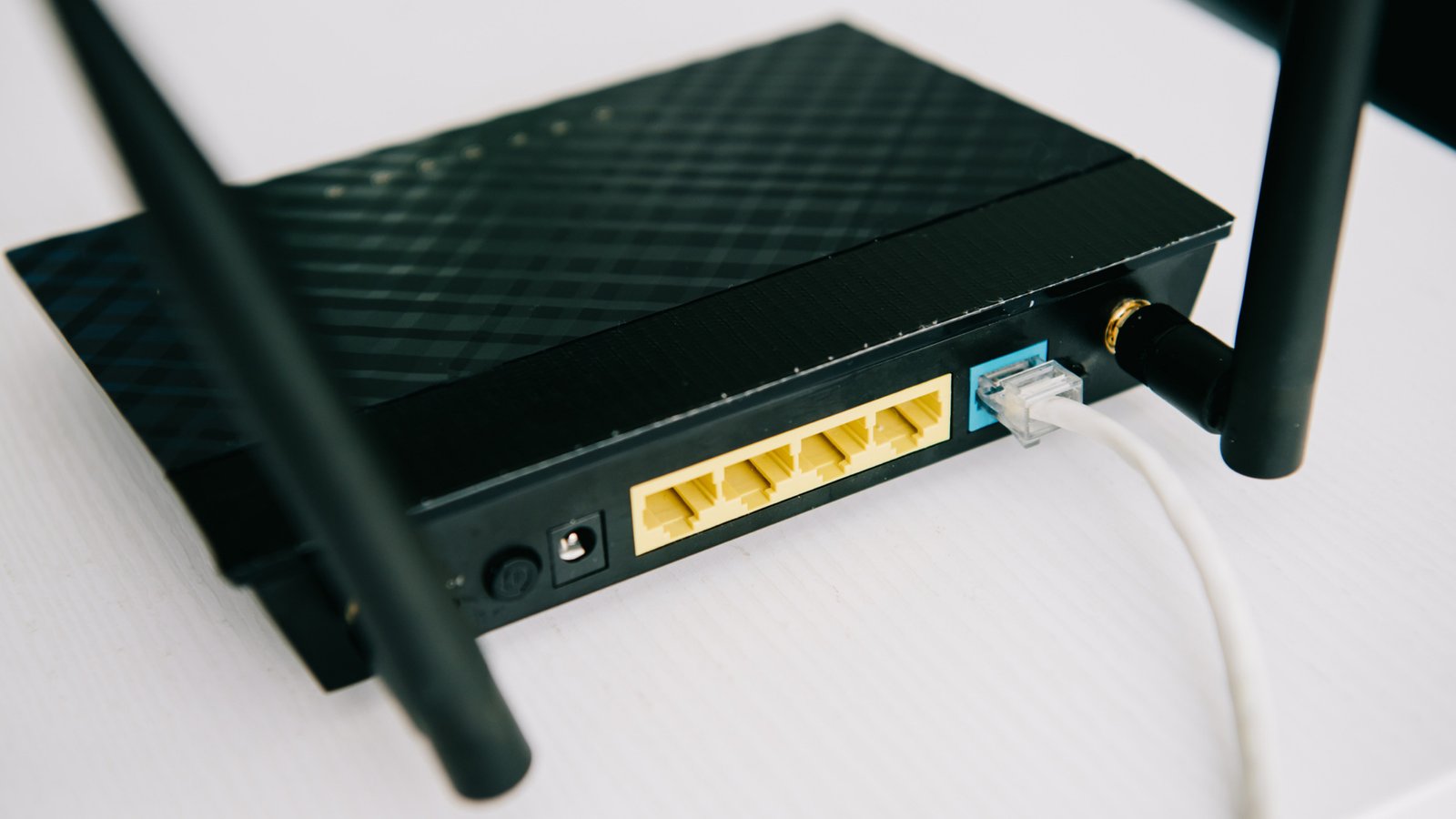In today’s fast-evolving business landscape, enterprises rely heavily on robust Customer Premises Equipment (CPE) solutions to ensure seamless connectivity, security, and network performance. However, choosing the right CPE solution—whether custom-tailored or off-the-shelf—can significantly impact operational efficiency, scalability, and cost-effectiveness.
This article explores the key differences between tailored and pre-built CPE solutions, their pros and cons, and how businesses can determine the best fit for their needs.
Understanding Enterprise CPE Solutions
Customer Premises Equipment (CPE) refers to devices located at the user’s site—such as routers, modems, switches, and firewalls—that enable secure and efficient communication between the enterprise network and service providers.
Enterprises typically face two choices when selecting CPE solutions:
- Tailored (Custom-Built) CPE Solutions – Designed to meet specific business requirements.
- Off-the-Shelf (Pre-Built) CPE Solutions – Standardized, ready-to-deploy devices.
Each option has distinct advantages and trade-offs. Let’s break them down.
Tailored CPE Solutions: Customization at Its Best
What Are Tailored CPE Solutions?
Tailored CPE solutions are custom-built to align with an enterprise’s unique network architecture, security policies, and performance demands. They are often developed in collaboration with Managed Service Providers (MSPs) or networking vendors.
Advantages of Tailored CPE Solutions
✔ Highly Customizable – Designed to fit exact business needs, including security protocols, bandwidth requirements, and integration with existing systems.
✔ Enhanced Security – Built with enterprise-specific threat protection, reducing vulnerabilities.
✔ Scalability – Adapts to growing business demands without requiring a complete overhaul.
✔ Optimized Performance – Fine-tuned for low latency, high throughput, and reliability.
Challenges of Tailored CPE Solutions
✖ Higher Upfront Costs – Custom development requires more investment in design and deployment.
✖ Longer Deployment Time – May take weeks or months to develop and test.
✖ Maintenance Complexity – Requires specialized IT expertise or ongoing MSP support.
Best For:
- Large enterprises with complex network needs.
- Businesses in highly regulated industries (finance, healthcare).
- Organizations needing seamless integration with legacy systems.
Off-the-Shelf CPE Solutions: Convenience and Speed
What Are Off-the-Shelf CPE Solutions?
These are pre-configured, mass-produced devices available from vendors like Cisco, Juniper, or Fortinet. They come with standardized features and are ready for immediate deployment.
Advantages of Off-the-Shelf CPE Solutions
✔ Cost-Effective – Lower initial investment compared to custom solutions.
✔ Quick Deployment – Plug-and-play setup reduces downtime.
✔ Proven Reliability – Widely tested in diverse environments.
✔ Vendor Support – Regular firmware updates and troubleshooting assistance.
Challenges of Off-the-Shelf CPE Solutions
✖ Limited Customization – May not fully align with unique business needs.
✖ Generic Security Features – May require additional configurations for compliance.
✖ Potential Over- or Under-Specification – Businesses may pay for unnecessary features or lack critical ones.
Best For:
- Small to mid-sized businesses (SMBs) with standard network requirements.
- Companies needing rapid deployment.
- Enterprises with budget constraints.
Key Factors to Consider When Choosing Between Tailored and Off-the-Shelf CPE Solutions
1. Business Requirements
- Do you need specialized configurations? → Tailored.
- Are standard features sufficient? → Off-the-shelf.
2. Budget Constraints
- Higher initial investment acceptable? → Tailored.
- Need cost efficiency? → Off-the-shelf.
3. Deployment Timeline
- Can wait for a custom build? → Tailored.
- Need immediate setup? → Off-the-shelf.
4. Scalability Needs
- Expecting rapid growth? → Tailored.
- Stable, predictable growth? → Off-the-shelf.
5. Security & Compliance
- High-risk industry? → Tailored.
- Standard security needs? → Off-the-shelf.
Hybrid Approach: The Best of Both Worlds?
Some enterprises opt for a hybrid model, combining off-the-shelf hardware with custom software configurations. This balances cost, speed, and flexibility while meeting specific operational demands.
Example Use Case:
A financial firm uses standard routers but integrates bespoke encryption protocols to meet regulatory requirements.
Final Verdict: Which One Should You Choose?
| Factor | Tailored CPE | Off-the-Shelf CPE |
|---|---|---|
| Customization | High | Limited |
| Cost | High | Low to Moderate |
| Deployment Speed | Slow | Fast |
| Security | Enterprise-grade | Standard |
| Best For | Large enterprises, high-compliance sectors | SMBs, quick deployments |
If flexibility and precision are critical → Go Tailored.
If speed and affordability matter more → Choose Off-the-Shelf.
Conclusion
Choosing between tailored and off-the-shelf CPE solutions depends on your enterprise’s size, budget, security needs, and growth trajectory. While custom solutions offer unmatched control, pre-built options provide convenience and cost savings.
For businesses unsure about the best fit, consulting a managed services provider can help identify the optimal balance between performance, security, and affordability.
